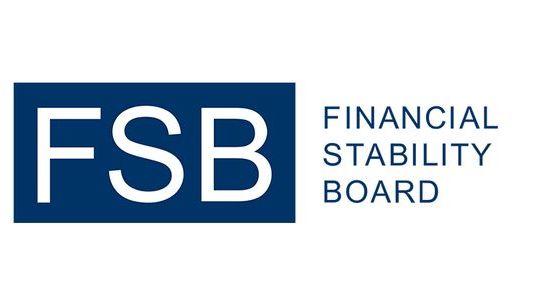First Brands Group - Putting Private Credit Exposure into Perspective
Published: 20 November 2025
On 20 November, the ACC published a paper examining the First Brands Group bankruptcy and what this tells us about risk in credit markets more broadly and other lessons for investors. The key findings of this paper are that:
- First Brands Group (FBG) obtained finance from multiple segments of the credit markets. The majority of its on-balance sheet debt was originated by banks or distributed to investors via the broadly syndicated market. The off-balance sheet obligations have received the most attention due to their scale and opacity, and include non-bank lenders as well. The bankruptcy will be scrutinised for the level of oversight in lending and due diligence by all lenders.
- The majority of FBG reported debt is not private credit. Private credit transactions typically involve investors originating and structuring the loan themselves rather than via a bank-intermediary and holding this debt to maturity. This differentiates private credit from bank originated debt or other credit markets.
- FBG also illustrates important differences within private credit markets. The private credit exposure to FBG includes a mix of loans directly originated by lenders and exposure which seems to be primarily obtained through supply chain finance and fintech lending platforms.
- FBG was always a high-risk credit. It was in a cyclical industry and very acquisitive, its debt was very exposed to higher interest rates in 2024, and more recently it incurred higher costs due to US tariffs in the auto parts sector. All three major rating agencies rated the company single B a year before default.
- FBG sheds light on the risks that supply chain financing and factoring can pose. The company’s court filings revealed significant off-balance sheet factoring and supply chain financing. These transactions are analogous to short-term borrowing insofar as their non-renewal can weaken near-term liquidity for a company and exacerbate any liquidity stress already existing.
Read the full report here.
For further information, please contact Nicholas Smith ([email protected]), and Richard Morawetz ([email protected]).







